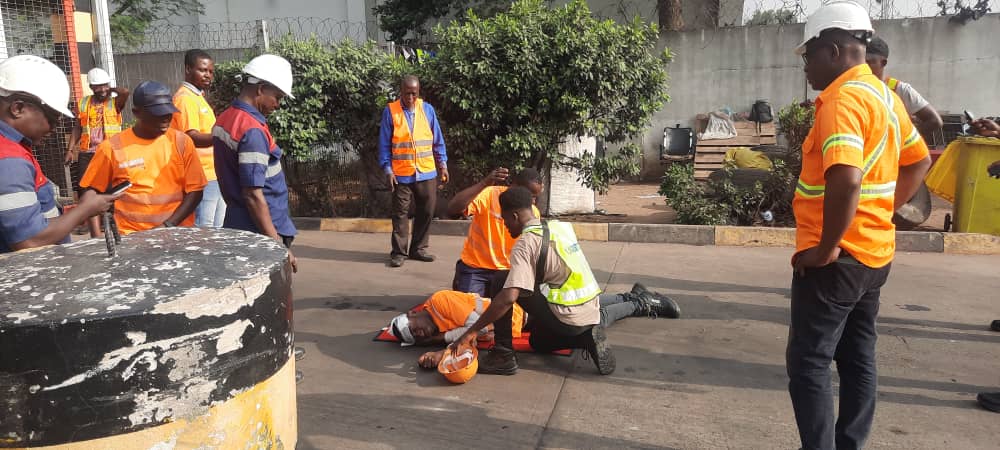Project Agreement Form
3.9KB
MPP2+X9, Lime Ave. Fise, Amasaman



3.9KB

Casualty handling and transportation involve the careful and efficient movement of injured individuals from the site of an incident to medical facilities for further treatment. This process requires prioritization based on the severity of injuries, with those in critical condition receiving urgent attention. Proper techniques are essential to prevent further harm, including the use of appropriate equipment such as stretchers, spinal boards, and immobilization devices. Coordination with emergency medical services (EMS) is vital to ensure that casualties are transported to the most suitable medical facility, whether by ambulance, helicopter, or other means, ensuring timely and effective care.
Helping Clients Learn about Casualty Handling and Transportation
Casualty transportation can be conducted using various methods depending on the severity of the injuries, distance to the medical facility, and available resources. Common types include ambulances for road transport, helicopters for air evacuation, and, in some cases, boats for water transport. When using a stretcher, it is essential to ensure that the casualty is securely immobilized to prevent further injury. The stretcher should be placed as close to the casualty as possible, with at least two responders working together to lift and place the patient onto it. Care must be taken to support the head, neck, and spine during transfer, particularly in cases of suspected spinal injuries. The responders should coordinate their movements and lift smoothly to avoid sudden jolts or drops.
Comprehensive
Training
Increase
Conversions
Practical
Training

Get the Best First Aid Training from Care Unit Ghana
Cost Effective
Increased Workplace Safety
Life-Saving Knowledge
Tailored Training Programs
Compliance with Regulations
Professional Certification
Ongoing Support
Click one of our contacts below to chat on WhatsApp
Social Chat is free, download and try it now here!
